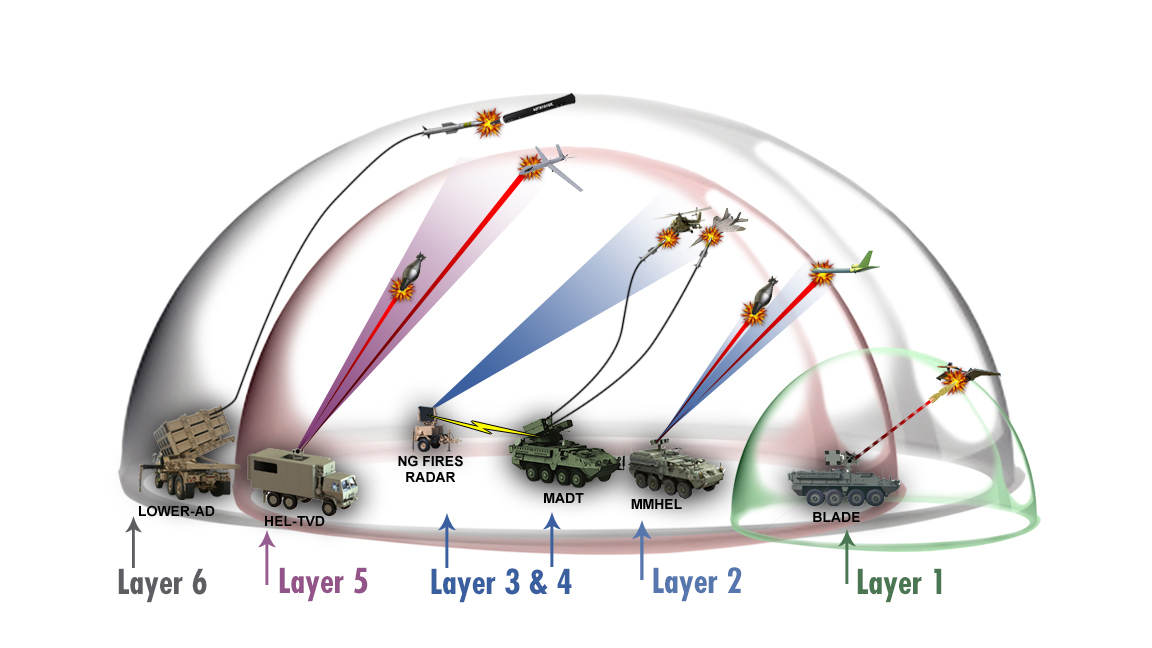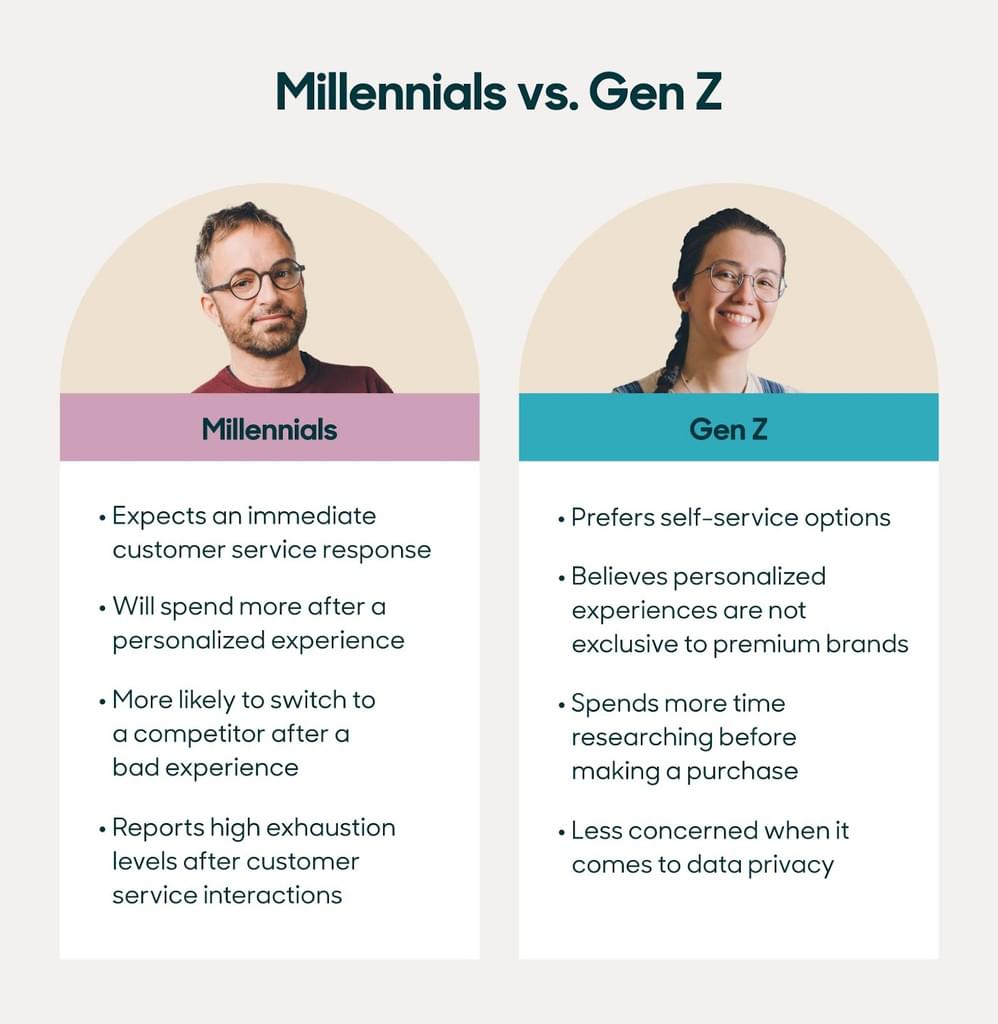Understanding Trump's Plan For A National Missile Defense System

Table of Contents
Key Pillars of Trump's Proposed National Missile Defense System
Trump's vision for an enhanced NMDS rested on several core tenets, aiming to create a multi-layered defense capable of intercepting a wider range of threats. This ambitious plan called for significant investment and modernization across multiple areas.
-
Increased funding for research and development of advanced interceptor technologies: A key focus was on developing the capacity to intercept hypersonic missiles, a significantly more challenging task than dealing with traditional ballistic missiles due to their speed and maneuverability. This involved substantial investment in technologies like directed energy weapons and advanced sensors.
-
Modernization of existing ground-based interceptor (GBI) systems: The existing GBI system, deployed at Fort Greely, Alaska, was slated for significant upgrades to improve its effectiveness and reliability. This included enhancements to its software, hardware, and targeting capabilities.
-
Expansion of sensor networks for early threat detection: Trump's plan emphasized the need for a more comprehensive and integrated sensor network. This involved leveraging space-based sensors, advanced radar systems, and improved intelligence sharing to provide earlier and more accurate warnings of impending missile launches.
-
Collaboration with allies to share intelligence and develop joint defense capabilities: Recognizing the global nature of the threat, Trump advocated for increased cooperation with allies to share intelligence, coordinate defense strategies, and develop joint missile defense capabilities. This would improve overall effectiveness and reduce the burden on any single nation.
-
Potential for a layered defense system involving multiple interceptor types: The goal was to move beyond a single-layer defense system, incorporating various interceptor technologies at different stages of a missile's flight path. This layered approach aims to increase the chances of successful interception and reduce vulnerability to enemy countermeasures.
Technological Advancements and Challenges in Trump's NMDS Plan
Creating a truly effective NMDS presents significant technological hurdles. While Trump's plan envisioned significant advancements, several key challenges remained:
-
Addressing the challenges of intercepting hypersonic missiles: Hypersonic missiles pose a unique challenge due to their extreme speed and maneuverability. Developing interceptors capable of reliably neutralizing them requires breakthroughs in sensor technology, targeting accuracy, and interceptor speed.
-
Improving accuracy and reliability of interceptor systems: Even with advanced technology, the probability of successfully intercepting a missile remains less than 100%. Improving the accuracy and reliability of interceptor systems is crucial to enhance the effectiveness of the NMDS.
-
Developing countermeasures against sophisticated enemy decoys and maneuvers: Sophisticated adversaries might employ decoys and other maneuvers to confuse and overwhelm missile defense systems. Developing countermeasures to effectively differentiate between real threats and decoys is vital.
-
Integrating diverse sensor data for comprehensive threat assessment: An effective NMDS requires the seamless integration of data from various sensor sources, including radar, satellites, and other intelligence assets. Developing robust algorithms and data fusion techniques is essential.
-
Managing the logistical complexities of a global defense network: Deploying and maintaining a global network of sensors and interceptors presents significant logistical challenges. This includes issues of transportation, maintenance, personnel training, and coordination across multiple countries and military branches.
Political and Economic Considerations of Trump's NMDS Vision
Trump's NMDS plan had profound political and economic implications, sparking significant debate both domestically and internationally.
-
Impact on arms control treaties and international relations: The expansion of the NMDS could potentially strain existing arms control treaties and impact relations with countries that perceive it as a threat. This could lead to an escalation of tensions and an arms race.
-
Domestic political support and opposition to the plan: The plan faced significant political opposition based on cost concerns, questions of effectiveness, and the potential impact on international stability. Public opinion was divided, reflecting differing perspectives on national security priorities and the role of military spending.
-
The economic cost of developing and maintaining an advanced NMDS: Developing and maintaining a comprehensive NMDS represents a massive financial undertaking. The cost implications, including research and development, deployment, maintenance, and personnel, were a major point of contention.
-
Potential for escalating an arms race: Critics argued that an aggressive expansion of the NMDS could provoke other nations to develop more sophisticated offensive weapons, leading to a destabilizing arms race.
-
Public perception and the role of media coverage: Public perception played a critical role in shaping the political debate surrounding the NMDS. Media coverage significantly influenced public understanding and shaped opinions regarding the plan’s feasibility, cost, and potential consequences.
Comparisons with Previous National Missile Defense Initiatives
Trump's NMDS plan differed from previous administrations' approaches in several key aspects. While Reagan's Strategic Defense Initiative (SDI) was far more ambitious in scope, aiming for a near-complete defense against ballistic missiles, Trump's plan focused on a more technologically feasible and layered approach to missile defense. However, both shared the fundamental goal of protecting the United States from ballistic missile threats, highlighting a consistent concern across multiple administrations. The key difference lies in the technological advancements and the evolving nature of ballistic missile threats since the SDI era.
Conclusion
Trump's proposed expansion of the National Missile Defense System presented a complex vision with significant technological, political, and economic implications. While aiming for a more robust and comprehensive defense against ballistic missile threats, particularly the emerging threat of hypersonic missiles, the plan also faced significant challenges, including technological hurdles, potential for international escalation, and substantial financial demands. Understanding these various facets is crucial for informed debate on the future of the NMDS. Learn more about the complexities of the National Missile Defense System by researching related resources and engaging in informed discussions about its potential benefits and drawbacks. Stay informed on developments in Trump's missile defense plan and further your understanding of the National Missile Defense System debate.

Featured Posts
-
 Australian Ultramarathon Briton Faces Hardship And Allegations
May 22, 2025
Australian Ultramarathon Briton Faces Hardship And Allegations
May 22, 2025 -
 Vanja I Sime Njihove Fotografije Izazvale Su Odusevljenje Kod Fanova Gospodina Savrsenog
May 22, 2025
Vanja I Sime Njihove Fotografije Izazvale Su Odusevljenje Kod Fanova Gospodina Savrsenog
May 22, 2025 -
 Little Britains Continued Popularity Why Gen Z Connects
May 22, 2025
Little Britains Continued Popularity Why Gen Z Connects
May 22, 2025 -
 Core Weave Crwv Stock Surge Nvidia Investment Fuels Growth
May 22, 2025
Core Weave Crwv Stock Surge Nvidia Investment Fuels Growth
May 22, 2025 -
 Irish Actor Barry Ward A Conversation About Casting And Roles
May 22, 2025
Irish Actor Barry Ward A Conversation About Casting And Roles
May 22, 2025
